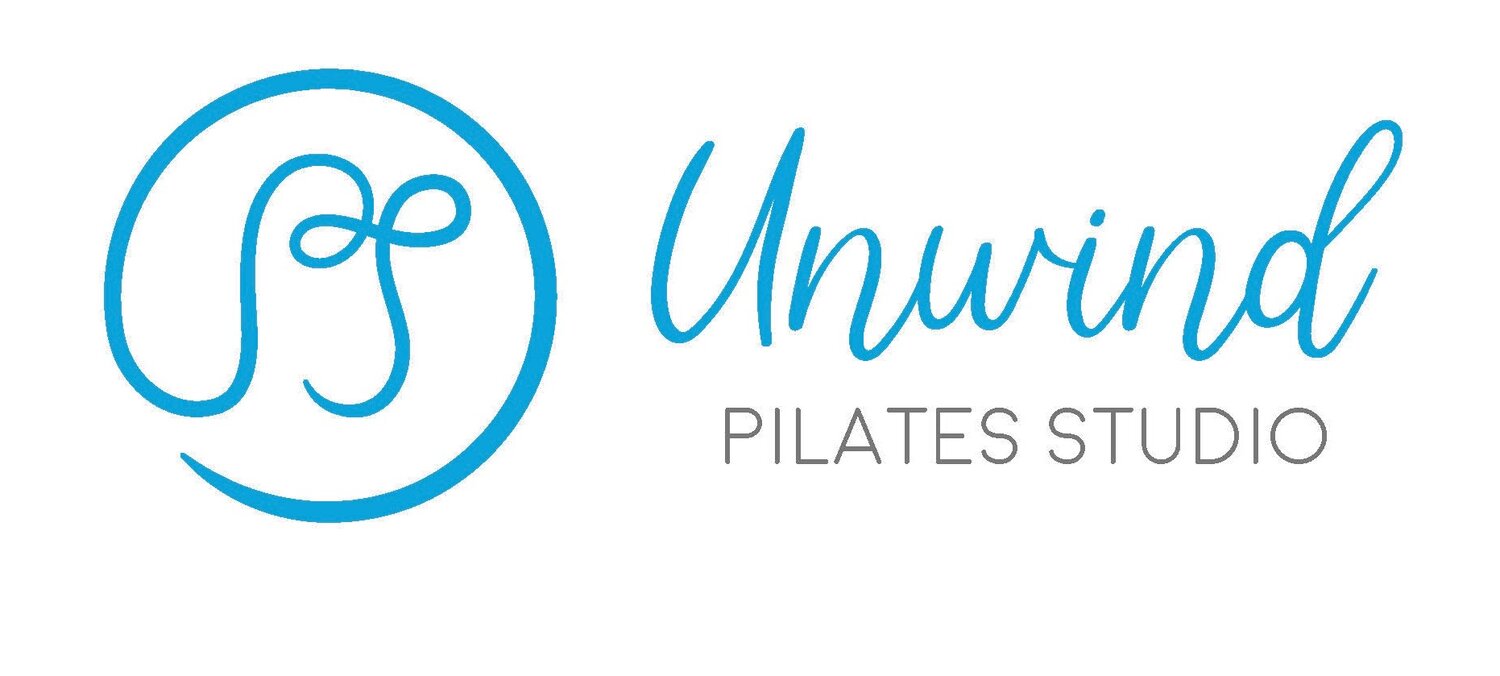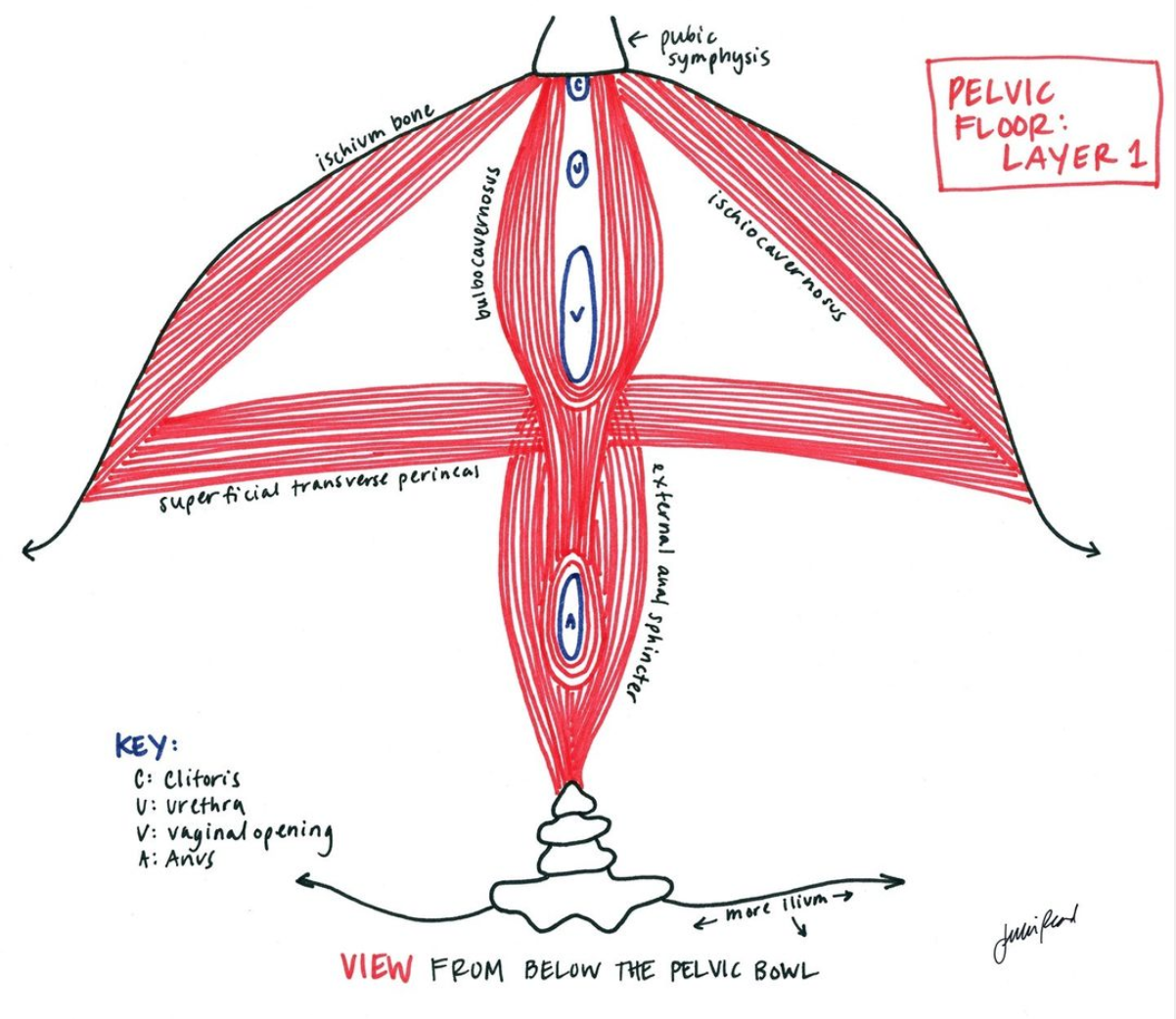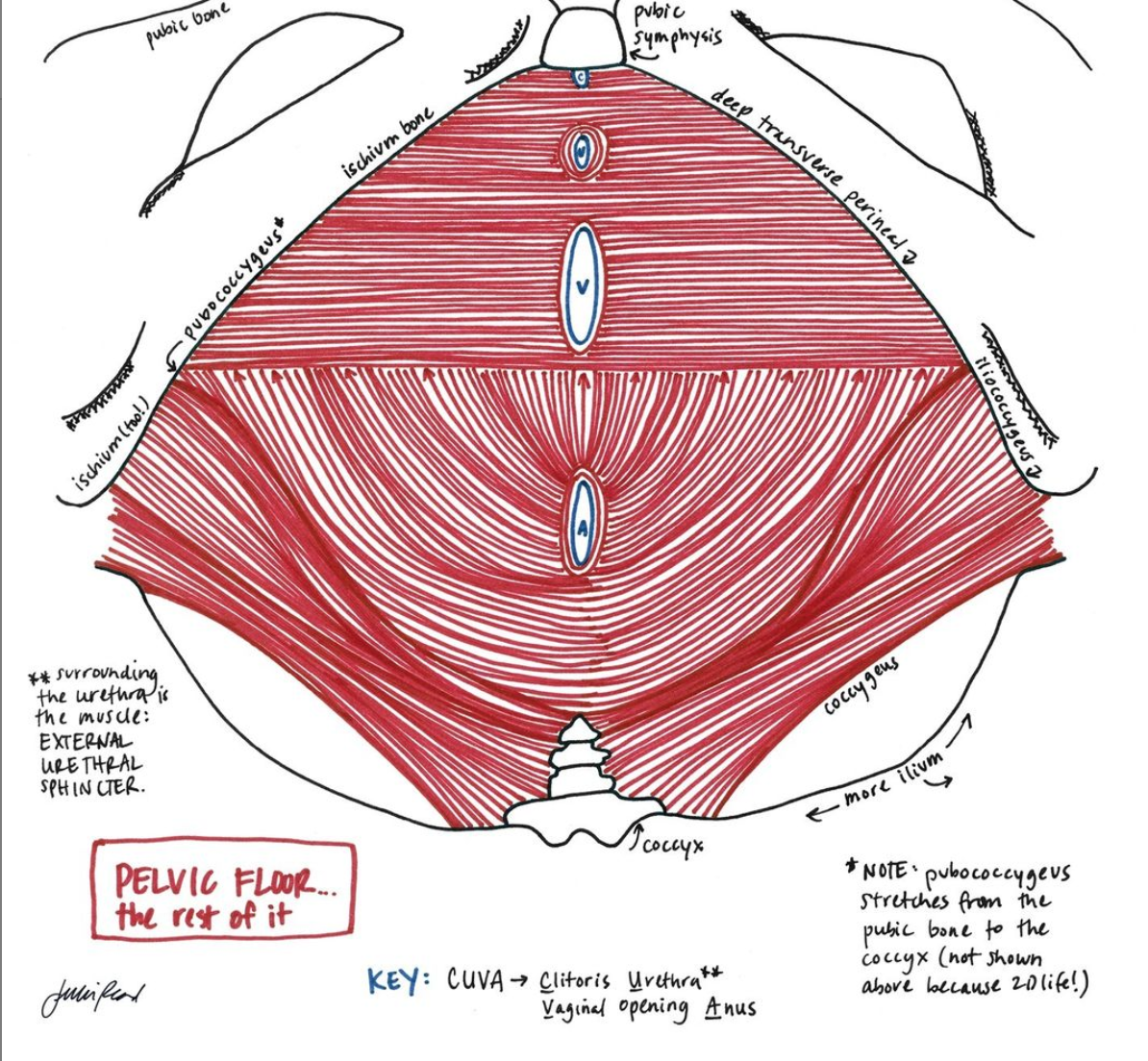Pelvic floor 101 - Part 1
Five things I want you to know about your pelvic floor
I’m going to spread these posts out over the month because I know that you don’t have half an hour to sit and read about your pelvic floor right now. These are things that I talk about week in and week out with pregnant, post natal, menopausal and any other women that will listen. So you’ve got a clear idea of what I’ll be chatting about, these are the top 5 things that every single one of you will know about your pelvic floor by the end of the month.
Kegels are useful - but please learn how to fully relax your pelvic floor muscles too
Even mild symptoms are symptoms (that should be addressed)
What happens at your first visit with a women’s health physiotherapist
Things you can do at home to help your pelvic floor
Where to get more information
What is your pelvic floor and why relaxation is just as important as strength
All new clients in the studio get asked what they think of their pelvic floor - is it feeling good/bad, strong/weak and if they’re experiencing any symptoms like incontinence (both urinary and faecal), heaviness, dragging or other concerns. My reasoning is that often no one does, especially in an exercise or fitness setting. Occasionally a woman will go on experiencing symptoms for years simply because no one ever asked her and she assumed it was normal after kids.
I want you to take control back in managing symptoms, get help if you need it, know where to go for said help and generally make life better in the pelvic floor arena. It’s a set of muscles in your body that often gets overlooked in favour of more visible muscle groups like your abs or your butt.
Make no mistake though, it’s function (or lack thereof) will impact you greatly, so I urge you to read through these short blog posts, get to know yours, and start working it like you do with all the other muscles so that it can carry you (and your internal organs) through to old age.
Before I get into the 5 points though, let me introduce you to the pelvic floor muscles:
Diagrams shared with permission from @itsjulieread and here.
These diagrams show the two layers of your pelvic floor - the muscles of this sling wrap around your clitoris (pleasure), urethra (urine), vaginal opening (babies) and anus (faeces) and connect your pubic bone, coccyx (or tailbone) and sit bones (or ischial tuberosities or the bony bits in your butt cheeks) to one another. As a group, these muscles hold your bladder, uterus and rectum up inside your body, can improve your sexual experiences and ability to achieve orgasm and they also play a really important role in the management of intra abdominal pressure.
So now that you have a clearer picture of what these mystery muscles look like, here is the first of five must-know points about your pelvic floor.
Point 1
Kegels are useful - but please learn how to fully relax your pelvic floor muscles too
Like all muscles, when your pelvic floor muscles are at an ideal length you will get the strongest contraction. If you liken them to your biceps - not relaxing would be like never allowing your arm to fully straighten. Over time, your arm wouldn’t be able to lift as much and the elbow would start to become stiff and sore. Although the advice from google for any pelvic floor symptoms is to do some kegels, you must also make sure that you learn how to relax your pelvic floor muscles.
An easy way to feel if they are relaxed is to sit on the edge of a chair and lean forwards slightly. When you breathe out, engage your pelvic floor and feel for a lift of the area touching the chair. When you breathe in, feel it soften and relax down into the chair. If this is not something you are used to, then you may need to practice it. If your pelvic floor is on the tighter side, then you may need to spend a few breaths relaxing in between each contraction.
Another way that you can lengthen and relax your pelvic floor is by getting yourself into a deep squat and breathing there for a little while. Ideally you want the heels down, back fairly straight squat variety. If this is not possible to do free-standing (due to overly tight ankles/knees/hips) then find yourself a nice pole or door frame to hold onto or prop up your heels as shown in the photo below.
Want to know more about your pelvic floor and the symptoms you need to look out for? Read the second blog here.
Have you recently had a child and want to make sure you support your body in returning to strength? The Unwind Pilates Studio Post Natal Program may be just what you need in your life right now. Have older kids and want to build strength and flexibility all over? Then the Unwind Pilates online membership may be worth a look.



